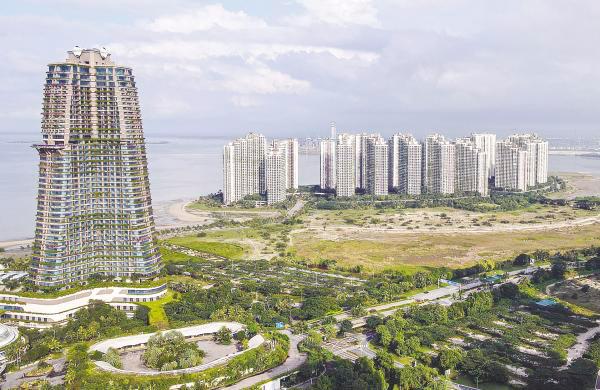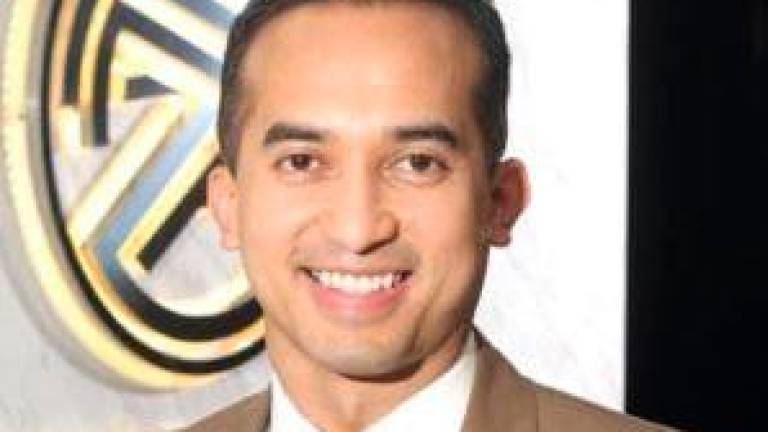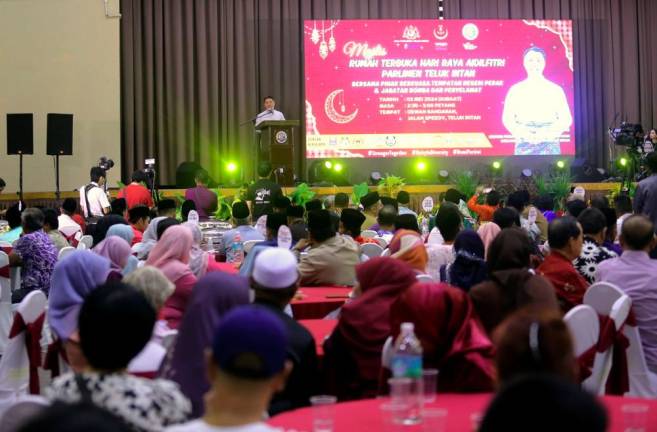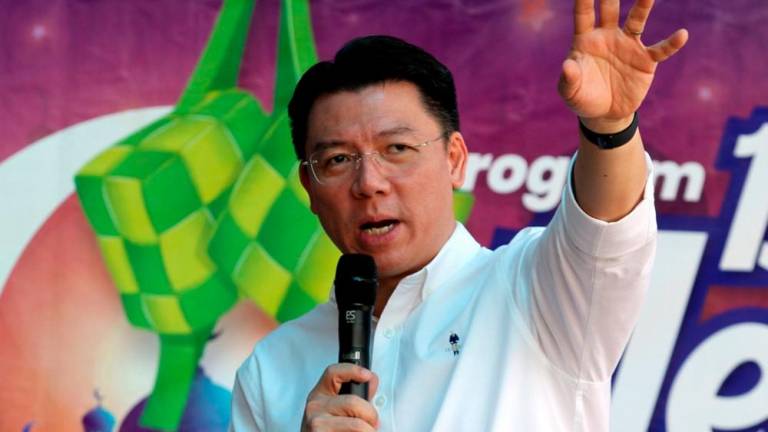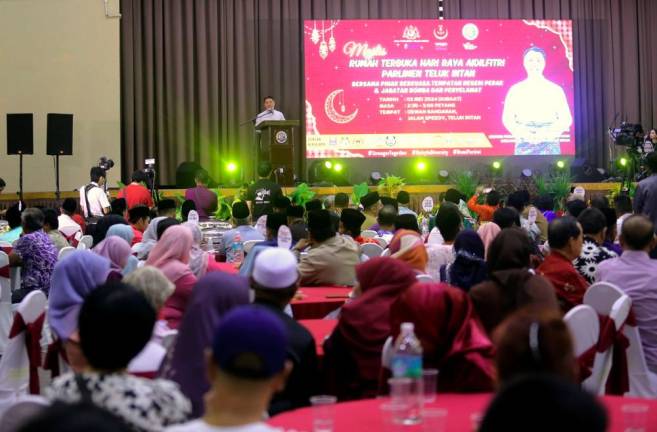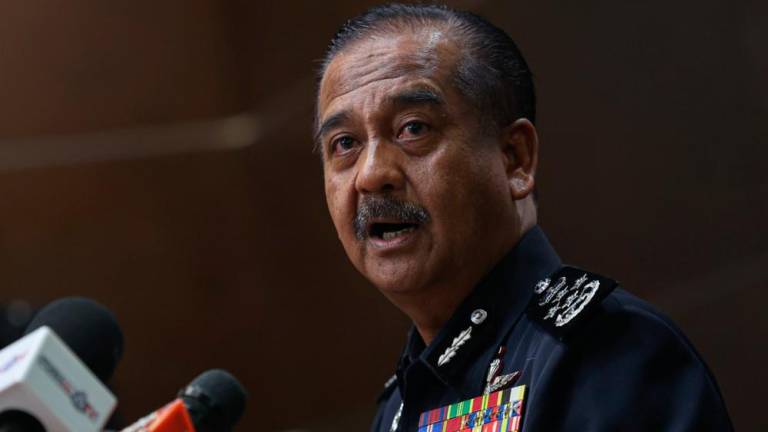AS the nation grapples with insufficient tax revenue, growing government debt and the inability of government-linked companies to catalyse economic dynamism, young Malaysians are finding it increasingly challenging to secure rewarding employment, and are losing hope about their future prospects.
The signs were evident long ago with worker out-migration to Singapore and elsewhere increasing with arithmetic progression.
According to Human Resources Minister V. Sivakumar, some 1.13 million out of 1.86 million Malaysians who have migrated overseas reside in Singapore. Two Malaysian diaspora studies conducted in 2022 found that 39% of the diaspora working in Singapore are skilled workers and 35% are semi-skilled workers, while in Brunei, 68% of the working diaspora are skilled workers and 24.1% are semi-skilled workers.
Our national brain-drain rate of 5.5% of the population revealed recently compares badly with the global rate of 3.3%. It is likely that a disproportionate number consists of some of our brightest talents and entrepreneurs.
How to stem the out-migration and provide a sustainable stimulus to the economy is among the biggest, if not the biggest challenge for the nation.
Can Forest City and the South Johor SSEZ emulate the Shenzhen model which propelled the earlier sleepy Pearl River delta region into a powerhouse of global economic development?
Background
Forest City was initially planned as an integrated residential development. Commenced in 2006 by a consortium of mainland Chinese real estate developers, this was touted as an adjunct to the Belt and Road Initiative.
Its developer, Country Garden Pacificview Sdn Bhd, is a joint venture between Country Garden Group and Esplanade Danga 88 Sdn Bhd, a Malaysian government-backed company.
The grand vision was to create a luxury township enclave for well-to-do citizens from the People’s Republic of China (PRC). It was envisioned that the township would attract Chinese wealth and investment and build a new modern city on four man-made islands on the Straits of Johor.
However, the project faced a setback in 2018 when it was decided that foreigners would not be granted visas to live in Forest City.
Further, currency controls introduced by President Xi Jinping in 2019 drastically restricted potential customers, and the onslaught of the Covid-19 pandemic dealt a body blow to the project.
Today, the Forest City project is a lost opportunity for Johor and the national economy. Forest City’s potential as a city that can take the overflow from Singapore, in a similar way Shenzhen did for Hong Kong, remains unfulfilled.
What will it take to revitalise Forest City so that it can live up to its promise as a game changer in the national economy?
A reconfiguration of Forest City requires the setting up of parameters to revitalise the project. The challenges ahead can be seen in the SWOT (Strengths, Weaknesses, Opportunities and Threats) analysis below:
Strengths
Location: The primary strength of Forest City is its strategic location in proximity to Singapore. Located near Johor’s second link to Singapore, it can be the gateway connecting Singapore and Malaysia in future growth plans.
It is also located in the heart of Asean, currently the world’s seventh-largest economic bloc. Asean has the world’s third-largest young population after China and India. The region also boasts a growing middle class, with a consumption power projected to grow rapidly.
Completed infrastructure: Much of the infrastructure and buildings are already onsite in Forest City. Approximately RM20 billion has already been spent. Consequently, a large part of the needed physical infrastructure development is in place.
Support from the Malaysian government: This project is fully backed by the Malaysian government.
Support from the Sultan of Johor, who has on many occasions voiced support for the Forest City project.
Weaknesses
Reputational damage: Forest City is presently viewed as a failure with some media describing it as a ghost town. According to reports, Forest City is only 1% occupied.
Severe blockages at the customs and immigration checkpoints across Johor Baru and Singapore had led to a non-starter for efficient business trips and regular commuting between Forest City and Singapore. This, perhaps the single most immediate obstacle to revitalisation, is easily remediable.
Opportunities
The major opportunity for Forest City can come if it is capable of moving away from its initial residential property market orientation to one in which it becomes the hub of hi-tech and value-added manufacturing industries.
If this can take place, it can attract the ancillary service businesses that can ensure the sustainable growth of Forest City. When this development attains critical mass (the incubation period for Shenzhen’s development stretched over 15 years), considerable multiplier effects will come to Forest City and the surrounding areas.
Threats
Strong competition from neighbouring countries: In terms of foreign direct investment inflow, Malaysia ranks fourth in Asean. Many global companies are headquartered in Singapore, Hong Kong and other up-and-coming Asian cities and countries that are seen as having superior investment potential.
Rivalry with Penang: In 2023, Penang ranked first in Malaysia for its investment performance. The comparative advantages that Johor can offer ahead of Penang to local and foreign companies are not yet apparent.
Potential institutional threats may come from future governments that may cease to support the city. This has happened once before.
Economic conditions and changes in capital outflow rules in Singapore and China, the two nations whose participation in Forest City’s present and future development is essential.
Bureaucratic foot-dragging and corruption.
New mission
Forest City’s original mission must be scrubbed and substituted with a new one. The new mission should encompass building the area into one of the nation’s major innovative growth areas. This should be inclusive of micro, small and medium enterprises (MSMEs) and large established international corporations. This requires a dual strategy. The first is straight “high pressure” selling of the location to foreign and local corporations.
The second strategy is more difficult. The key is developing local home-grown innovation and nurturing this until export-oriented MSMEs can grow alongside the corporations in the area.
Our proposal is for Forest City to become a massive entrepreneurial incubator, with mentors available to nurture innovation-based MSMEs. TVET institutions must teach the principles of start-ups and the technologies that these new enterprises will require. In this way, Forest City would be one big startup.
The key is pushing Forest City up to a critical mass where new businesses will add synergies to the old and create community multiplier effects. This will incubate a vibrant community economy that will flow over to services, entertainment, tourism, finance and construction.
If Forest City can create its own “champions”, this will attract and inspire others to succeed. Thus, instead of Forest City being an enclave of well-to-do PRC Chinese, Forest City can become a truly Malaysian entrepreneurial and innovative city that can well become the nation’s economic lifeboat alongside Penang.
Immediate priority proposal
If a quick QR code or RFID-enabled travel pass can be set up for easy daily usage by car, rail and water taxi across the causeway, it will open opportunities for Forest City and Johor to benefit from the Singaporean and expatriate communities.
This is a summary of a longer commentary by Lim Teck Ghee, Murray Hunter and Carolyn Khor. Lim Teck Ghee’s Another Take is aimed at demystifying social orthodoxy. Comments: letters@thesundaily.com





